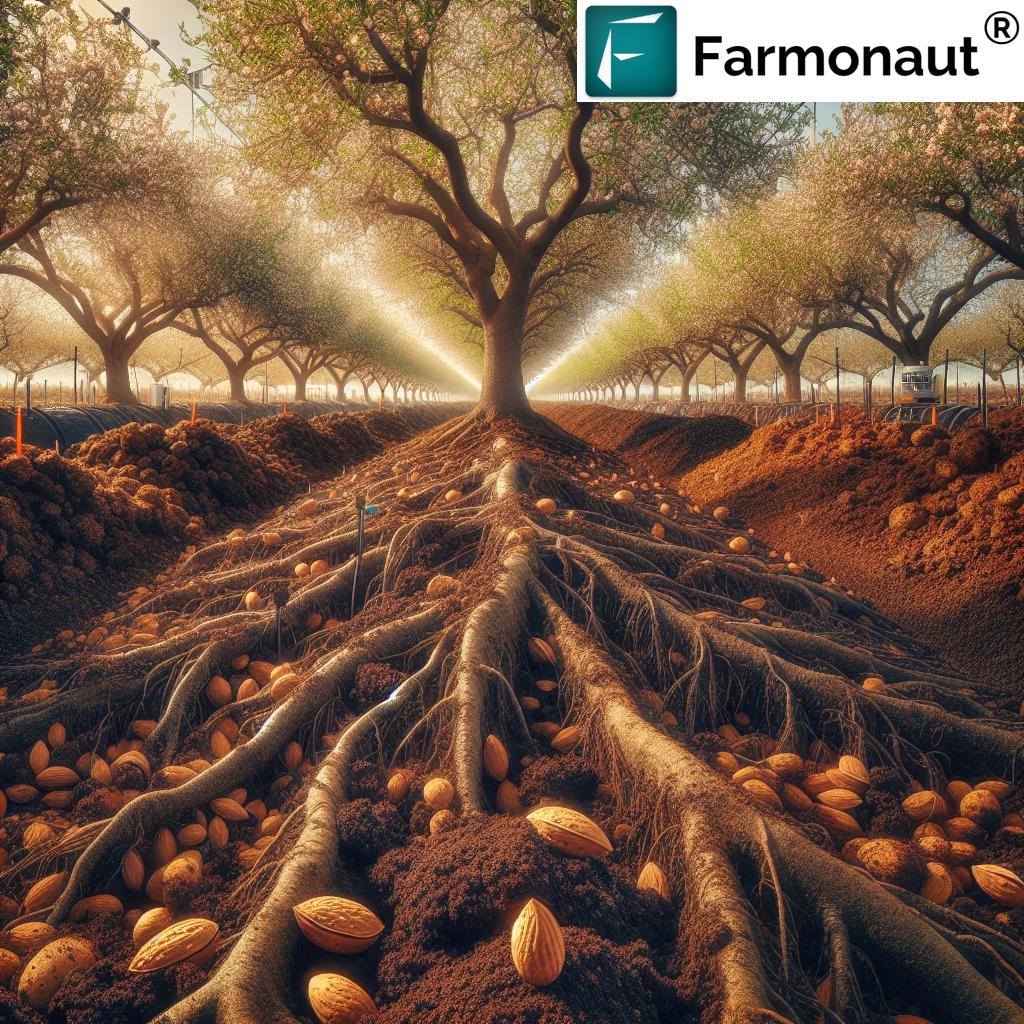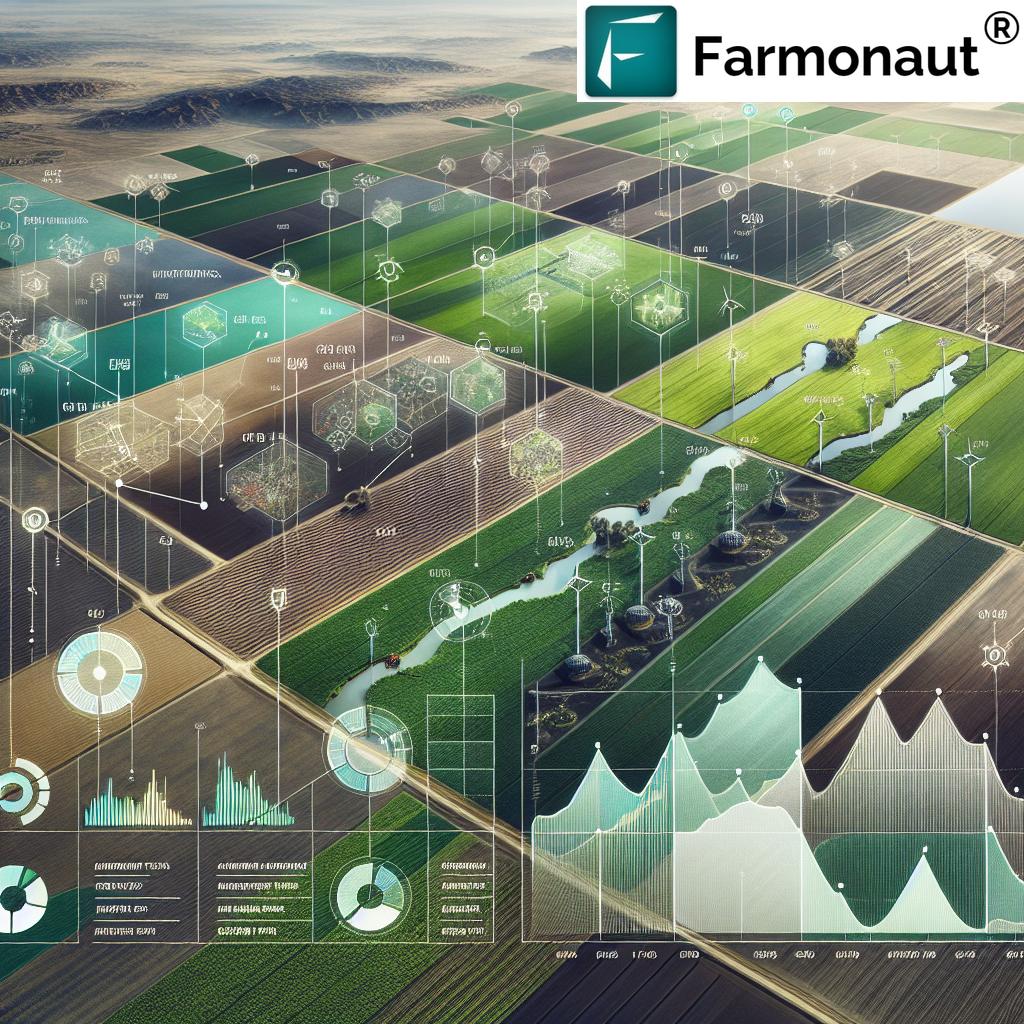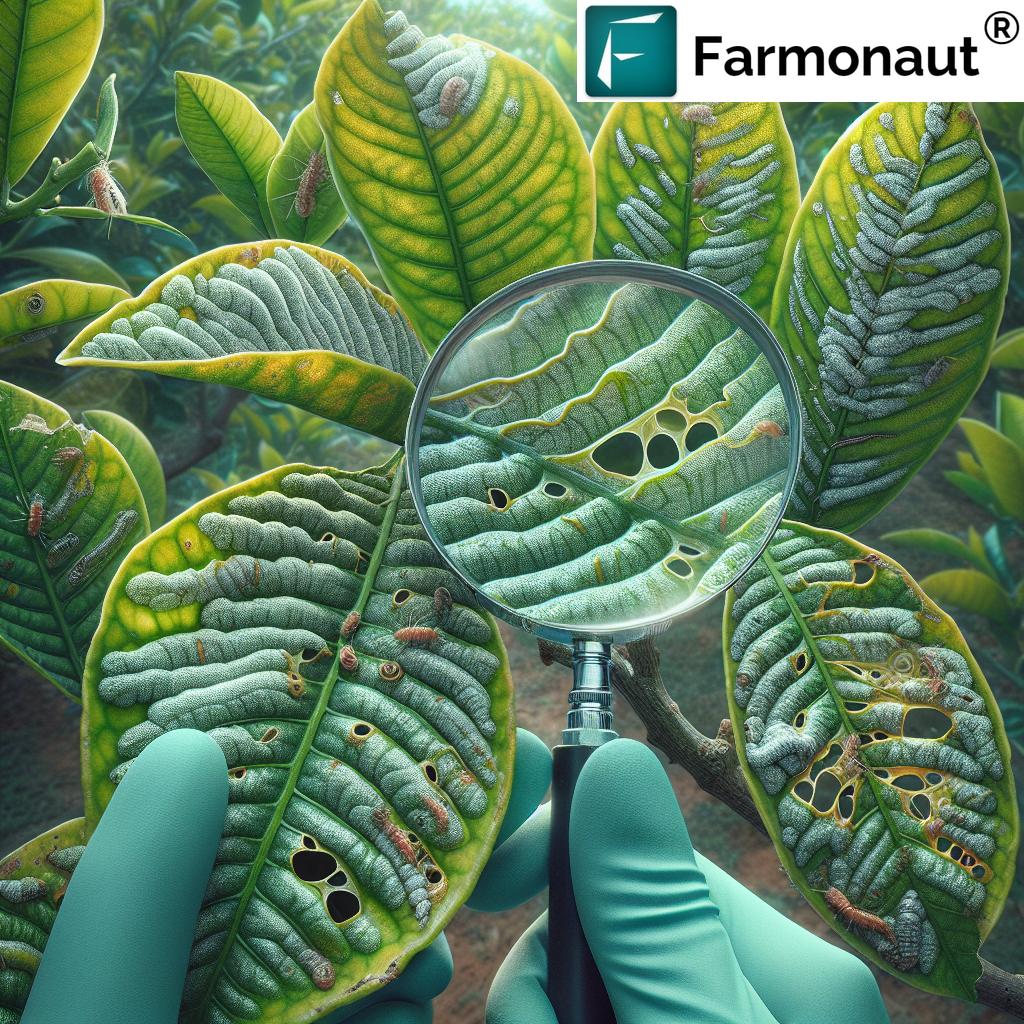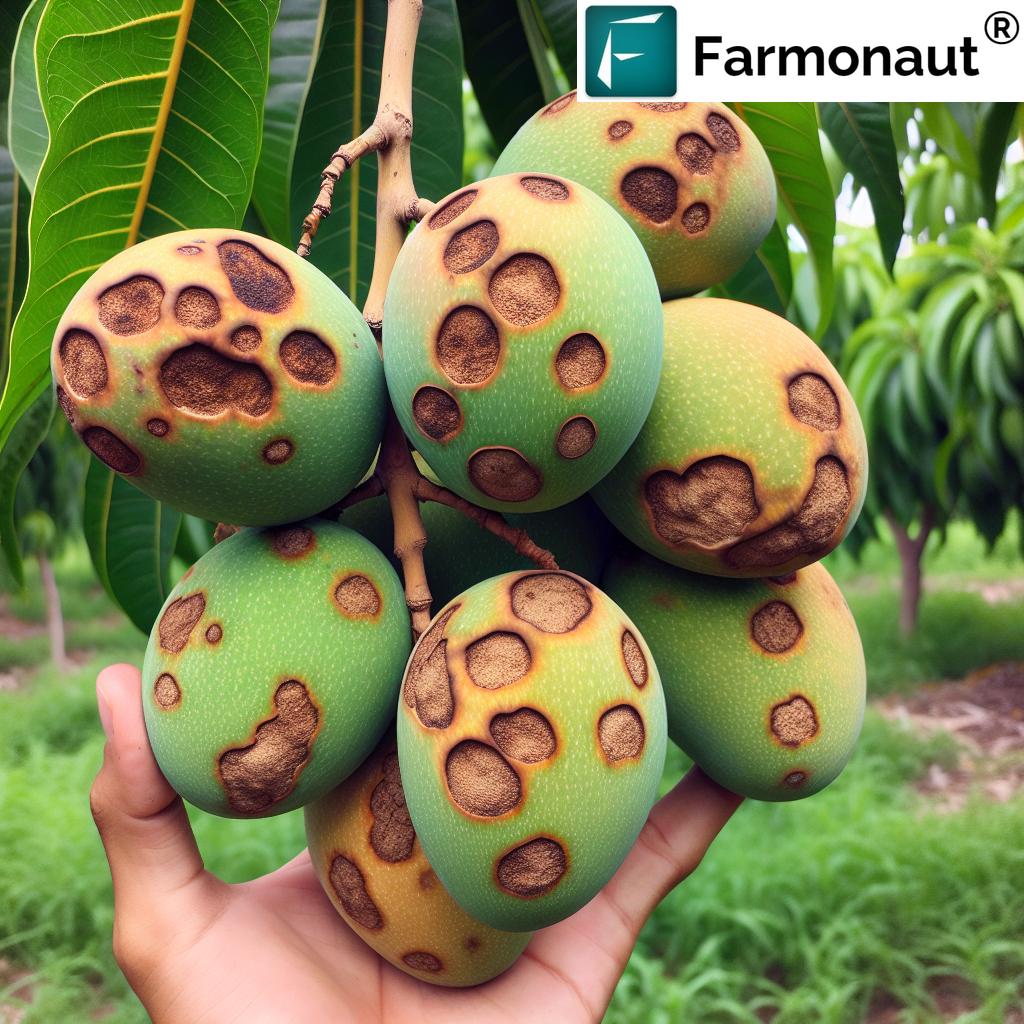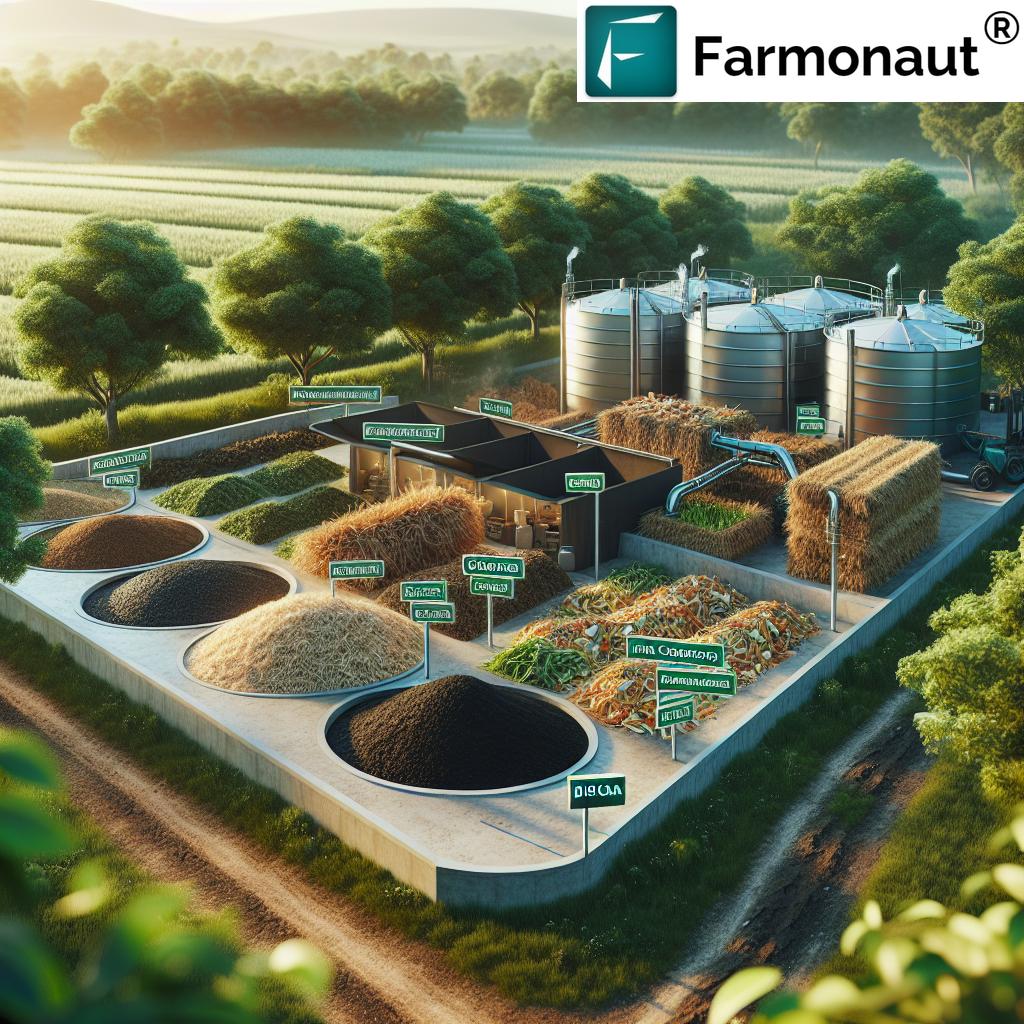Sustainable Almond Farming: 7 Shocking Innovations!
“Almond orchards using cover crops can reduce soil erosion by up to 80%, boosting long-term sustainability.”
Introduction: The Landscape of Sustainable Almond Farming
Almond farming has rapidly transformed into both an agricultural powerhouse and an environmental focal point, especially in regions like California, the world’s largest almond producer. Our almond orchards don’t just shape local economies—they influence global food trends, water usage conversations, and environmental impacts. As leaders and stewards in sustainable almond farming, we believe the future lies in innovation: integrating precise farming practices, advancing technologies, and fostering a deep respect for our land.
This comprehensive guide explores the latest innovations in almond cultivation—groundbreaking solutions in water conservation, soil management, biodiversity, and waste reduction—while tackling challenges faced by farmers, especially in hotspots like California. Our mission is to make sustainable almond farming accessible, effective, and profitable for every grower. Read on for eye-opening insights, technology spotlights, and actionable best practices that will drive eco-friendly almonds for generations to come.
Almond farming practices have evolved far beyond conventional methods. Today, the focus is on sustainability: integrating water-efficient irrigation systems, precision moisture monitoring, organic matter recycling, and supporting pollinator habitats. Yet, our journey is ongoing. Almond farmers across California and international regions are adopting high-tech, data-driven strategies to address climate, water, and ecosystem challenges head-on.
7 Shocking Innovations Reshaping Almond Farming
As stewards of our land and food, we thrive on progress. Here are the top seven innovations delivering a “shock” to conventional almond farming, placing sustainability at the forefront:
- Advanced Drip Irrigation Systems – Transforming water efficiency in almond orchards.
- Precision Soil Moisture Monitoring – Tailoring irrigation to the tree’s exact needs.
- Orchard Weather Stations & Data-Driven Irrigation Scheduling – Managing water and nutrients against real-time climate conditions.
- Cover Cropping and Soil Organic Matter Recycling – Building soil health and reducing erosion.
- Whole Orchard Recycling for Carbon Sequestration – Turning end-of-life trees into a powerful soil resource.
- Pollinator-Friendly Management (IPM & BFF Certification) – Championing biodiversity and protecting bee populations.
- Innovative Almond Waste Utilization – Rethinking almond hulls, shells, and byproducts as valuable assets.
Each reveals our determination to craft a more resilient, climate-smart agricultural future.
Water Conservation in Almond Orchards: Innovations & Best Practices
California’s almond farms are often in the spotlight for their high water usage—but did you know water conservation innovations have helped reduce almond water usage by 33% per pound since the 1990s? As responsible stewards, we are determined to further optimize this resource, ensuring almonds are both delicious and eco-friendly.
“Innovative irrigation methods have cut almond water usage by 33% in California’s eco-friendly farms since 2010.”
1. Drip Irrigation Systems: The Gold Standard
Traditional overhead sprinkler irrigation methods lead to considerable runoff and evaporation. The move towards drip irrigation systems marks a turning point in sustainable almond farming. These systems deliver water directly to the tree roots through underground or surface drip lines, typically reaching 90%+ water-use efficiency.
- Direct-to-root delivery: Reduces evaporation and runoff.
- Scalable: Used in both large California orchards and small-scale farms worldwide.
- Smart controls: Integrate with sensors to further fine-tune irrigation.
2. Real-Time Soil Moisture Monitoring & Smart Sensors
Modern almond cultivation benefits tremendously from ground moisture probes and sensors, providing us with live, actionable data:
- In-field and satellite sensors: Monitor soil water levels in real time, allowing precise, need-based irrigation.
- AI-powered advisory platforms: Platforms such as Farmonaut’s Jeevn AI advisory system use data from these probes and satellites to optimize schedules for water delivery, resulting in reduced waste and improved yield.
Want to explore soil moisture monitoring powered by satellite technology? Check out Farmonaut’s real-time crop health tracking platform for precision insight (large-scale farm management).
3. Orchard Weather Stations for Data-Driven Irrigation Management
Weather conditions—like temperature, wind, and humidity—drive water demand in orchards. Installing in-orchard weather stations gives us:
- Accurate climate data to optimize irrigation systems
- Decision support for timing irrigation to reduce unproductive water use
- Support for adjusting fertilizer schedules and pest management based on climate variability
Global advances in weather analytics, like those available with Farmonaut’s platform, harmonize irrigation, nutrient management, and overall orchard health for measurable sustainability gains.
4. Remote Monitoring for Groundwater & Resource Management
Our water conservation journey doesn’t end with hardware. Satellite-powered remote monitoring now enables farmers to:
- Track groundwater tables and aquifer levels to prevent unsustainable extraction
- Map precise areas with high or low soil moisture, optimizing water and nutrient distribution
- Generate detailed water usage analytics, supporting compliance and resource allocation
With Farmonaut’s API and developer documentation, almond growers and agribusinesses can integrate advanced satellite data directly into their systems—creating smart, adaptive water management for any scale of operation.
Soil Health in Almond Cultivation & Carbon Sequestration in Almond Farms
Healthy soil is the very foundation of sustainable almond farming. By boosting organic matter, refining soil structure, and improving water retention, we help almond trees thrive while reducing our environmental footprint. Soil health strategies intertwine closely with the urgent need for carbon sequestration in almond farms, driving down net emissions and supporting global climate goals.
5. Cover Cropping: The Unsung Hero of Soil Vitality
Cover cropping—the planting of grasses, legumes, or native flowers between almond tree rows—offers remarkable benefits:
- Reduces soil erosion by up to 80%, anchoring topsoil and combating dust
- Builds organic matter, feeding the living soil beneath our feet
- Improves soil structure and boosts water infiltration—critical in Mediterranean climates like California’s
- Supports beneficial insects and suppresses weed growth
Nearly 40% of almond orchards have adopted cover cropping, signaling major progress in mainstreaming this vital sustainable practice.
6. Composting and Organic Nutrient Recycling
Adding composted organic matter to almond soils supercharges soil fertility, increases moisture-holding capacity, and supports robust root development. Composting also:
- Reduces dependency on synthetic fertilizers
- Feeds soil microbes, unlocking nutrients for trees
- Repurposes on-orchard waste for a full-circle ecosystem
7. Whole Orchard Recycling: Next-Level Carbon Sequestration
When orchards reach the end of their productive life, whole orchard recycling involves grinding the dormant trees and returning them to the soil. This relatively new practice:
- Sequesters significant carbon—lock it away in the soil instead of releasing it via burning or open disposal
- Increases soil organic matter by an estimated 42%
- Improves water-holding capacity by up to 32%, reducing the need for frequent irrigation
- Builds resilience against drought and other climate stressors
Combined, these soil innovations foster a self-reinforcing cycle of productivity, ecosystem health, and measurable carbon reduction.
Want to see how carbon monitoring integrates with smart farm management? Visit Farmonaut’s carbon footprinting solution for data-driven emissions tracking and compliance.
Biodiversity in Almond Orchards & Pollinator Friendly Almond Farming
Sustainable almond orchards aren’t just production zones—they’re living ecosystems. It’s our responsibility to champion biodiversity, support healthy populations of pollinators (especially honeybees), and implement science-based pest management.
Establishing Pollinator-Friendly Habitats
- Plant wildflower strips, hedgerows, and native trees around orchards to provide food and habitat for bees, butterflies, and beneficial insects.
- These areas act as biodiversity corridors, strengthening landscape-level resilience while directly supporting crop pollination.
Integrated Pest Management (IPM): Reducing Environmental Impact
- IPM combines targeted biological controls, pheromone disruption, careful pesticide use, and cultural practices (like crop rotation and pruning) to beat pests sustainably.
- This holistic approach limits exposure of non-target organisms and reduces chemical residues in local ecosystems.
Farmonaut’s AI-powered advisory management platform assists farmers in deploying IPM strategies precisely and efficiently.
Bee Friendly Almond Farming and BFF Certification
- Participate in the Bee Friendly Farming (BFF) certification to meet pollinator-friendly standards—over 170,000 orchard acres in the US now comply!
- This recognition encourages best practices and signals a farm’s commitment to pollinator health, winning trust with eco-conscious consumers.
Remember, supporting honeybees and wild pollinators in almonds is vital for productivity, biodiversity, and the resilience of our food supply.
Almond Waste Reduction Strategies & Byproduct Innovations
Every almond harvest generates byproducts: hulls, shells, and woody debris. Historically, we’ve relied on livestock feed, bedding, or power generation—however, innovative thinking now turns these “wastes” into new resources, reducing our environmental footprint and creating added value.
Whole Orchard Recycling Revisited
- As with soil health, incorporating chipped orchard biomass into the soil boosts carbon sequestration, organic content, and reduces the need for fertilizer inputs.
Alternative Uses for Hulls and Shells
- Bioenergy production: Using almond hulls and shells as biomass fuel for renewable power.
- Bioplastics and Compostable Materials: Research continues on using almond shell fiber in bioplastic production—offering an alternative to petroleum-based plastics.
- Mushroom cultivation: Almond hulls are an excellent substrate for specialty mushrooms, supporting circular economies on-farm.
Such almond waste reduction strategies demonstrate the circular, zero-waste vision of next-generation sustainable almond farming.
Almond Farming Challenges in California & Beyond: Our Path Forward
Despite tremendous progress, sustainable almond farming faces real-world hurdles:
- Water Scarcity: Persistent drought and resource competition in regions like California drive continued innovation in water-saving technologies and landscape-scale management.
- Pollinator Decline: Bee health remains fragile. Aggressive pesticide reduction, habitat plantings, and IPM adoption are central to safeguarding this critical link.
- Climate Change: Almond orchards must adapt with drought-tolerant varieties, diversified cropping systems, and responsive management to shifting weather and pest/disease risks.
- Soil Depletion: Intensive farming can degrade soil unless countered with cover cropping, composting, and recycling—making education and adoption vital.
- Waste Scale: As global almond production rises, finding markets and technologies to valorize hulls, shells, and biomass is essential to closing the loop.
Our goal is to ensure every innovation is within reach for farmers—backed by accessible technology, ongoing research, and a supportive regulatory environment.
Comparative Innovations Impact Table: Choosing Your Sustainability Game-Changers
| Innovation Name | Description | Est. Water Savings (%) | Est. Cost Savings (%) | Soil Health Impact (1-5) | Biodiversity Impact (1-5) | Adoption Rate (% of Farms) |
|---|---|---|---|---|---|---|
| Drip Irrigation Systems | Delivers water directly to roots, reduces evaporation and runoff | 15–35 | 10–20 | 4 | 2 | ~60 |
| Soil Moisture Monitoring | Probes and sensors enable precise, real-time irrigation | 12–20 | 8–12 | 3 | 2 | ~50 |
| Weather Station Integration | Enables climate-driven, adaptive irrigation scheduling | 10–25 | 5–10 | 2 | 1 | ~30 |
| Cover Cropping | Plants between tree rows to reduce erosion, restore fertility | 5–10 | 5–15 | 5 | 4 | ~40 |
| Whole Orchard Recycling | Mulching end-of-life trees boosts soil and sequesters carbon | 8–12 | 10–22 | 5 | 3 | ~18 |
| IPM (Integrated Pest Management) | Limits pesticides via targeted, ecosystem-based pest control | ~0 | 5–15 | 2 | 5 | ~65 |
| Pollinator Habitat Plantings | Hedgerows, wildflowers enhance bee populations & biodiversity | ~0 | 2–6 | 1 | 5 | ~30 |
| Byproduct Utilization (Hulls/Shells) | Repurposing hulls for energy, compost, or industry | 2–5 | 4–10 | 3 | 2 | ~35 |
*All figures are estimates based on industry research and may vary regionally. “Soil Health” and “Biodiversity” scaled 1 (low) to 5 (high) direct impact. Adoption rates reflect recent U.S. and California almond industry statistics.
Enabling Sustainability with Farmonaut’s Technologies
Our journey toward sustainable almond cultivation is supercharged by precision ag-tech. At Farmonaut, we democratize these breakthrough tools for all—it’s not just for mega-farms! Here’s how our platform powers sustainability and growth in almond orchards and beyond:
- Satellite-Based Crop & Soil Monitoring: Get real-time NDVI, soil moisture, and climate insights for exact orchard management, available via mobile, web, or API for seamless integration. Learn more at our large-scale farm management solutions page.
- AI-Driven Advisory (Jeevn AI): Smart alerts, weather forecasts, and custom crop care tips—maximizing water, nutrient, and pest efficiency while minimizing waste and resource use.
- Blockchain-Based Product Traceability: End-to-end supply chain tracking for almonds—ensuring transparency, authenticity, and consumer trust. See use cases on our traceability page.
- Fleet & Resource Management: Optimize orchard logistics, monitor machinery, and slash operational costs. Details at: fleet management.
- Carbon Footprint Tracking: Farmers and agribusinesses measure and reduce their environmental impact, unlocking access to carbon markets and green certification. Start tracking here: carbon-footprinting.
- Crop Loan & Insurance Verification: Use satellite-verified farm data to streamline loan approvals and insurance, reducing fraud and improving farmer access to finance: crop loan and insurance.
Scaling for Farmers Everywhere: Farmonaut’s modular system works for almond growers and general farmers—from a few acres to thousands.
FAQ: Almond Sustainability Uncovered
Q1: Are almonds truly a sustainable crop?
A: Almonds can be highly sustainable with correct practices. Modern almond farming in California and other regions focuses on water-efficient irrigation systems, soil health improvements, biodiversity initiatives, and waste reduction. Sustainable almond farming incorporates ongoing innovation and responsible management at every stage, from orchard planting to byproduct utilization.
Q2: How have almond farmers reduced water use?
A: Through innovations such as drip irrigation, soil moisture sensors, and data-driven weather scheduling, water conservation in almond orchards has resulted in a 33% reduction in water usage per pound of almonds since the 1990s. Farms continue working toward even greater efficiency via technology, ground monitoring, and precise resource allocation.
Q3: What are the new uses for almond hulls and shells?
A: Groundbreaking research has expanded hulls and shells utilization beyond traditional animal feed and bedding. Today, they are increasingly incorporated into biomass energy production, used in compost, serve as a substrate for mushroom cultivation, and are being developed into bio-plastics, further supporting almond waste reduction strategies.
Q4: How do almonds impact soil and carbon?
A: Almond orchards sequester significant amounts of carbon in trees, roots, and especially via whole orchard recycling. Cover cropping, composting, and recycling boost soil organic matter—supporting trees and soil life while drawing down atmospheric carbon.
Q5: What role does Farmonaut play in sustainable almond farming?
A: Farmonaut provides advanced, affordable satellite monitoring, AI-powered decision tools, carbon tracking, and traceability solutions—democratizing precision farming and making sustainability accessible to almond producers, big or small. Learn more on the Farmonaut website.
Conclusion: Our Eco-Friendly Almond Future
Sustainable almond farming is a dynamic, evolving journey—anchored in innovation, data, and stewardship. By embracing advanced water conservation, nurturing healthy soil, championing biodiversity, and transforming waste into resources, we’re forging a resilient almond industry in California and worldwide.
With powerful agtech platforms like Farmonaut at our side, every farmer can leverage satellite insights, AI-driven advisories, and blockchain-mediated trust to optimize orchard health, reduce environmental impact, and remain profitable in an ever-changing climate. Our collective action today, marrying tradition and technology, carves out a future where delicious, eco-friendly almonds enrich our communities and planet.
We invite you—all producers, agribusinesses, consumers, and sustainability advocates—to join us in this movement. Let’s continue cultivating innovation, sharing knowledge, and growing almonds the world can savor… guilt-free and green.
Summary: Sustainable Almond Farming—Practices, Challenges, and Innovations
Sustainable almond farming requires a blend of resource stewardship, advanced technology, and ecosystem-based strategies. With a strong focus on water conservation, soil health, biodiversity, and waste reduction, almond growers—particularly in high-impact regions like California—are leading a new era of eco-friendly agriculture. Through continuous learning, adoption of breakthrough practices (drip irrigation, cover cropping, whole orchard recycling, and more), and leveraging accessible precision tools such as Farmonaut, the path to greener, resilient, and productive almond orchards is within our grasp. Let’s nurture almonds—and our planet—for tomorrow.








